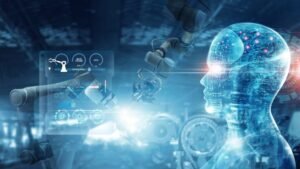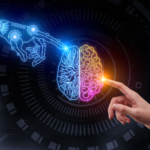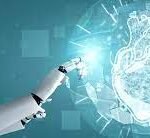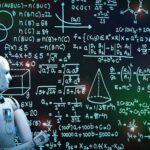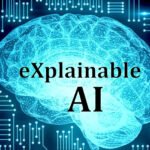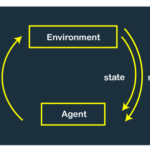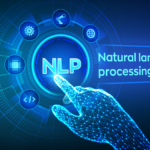Explainable AI: Techniques and methods for making AI systems more transparent and interpretable
Rule-based Approaches: Rule-based approaches aim to extract human-readable rules from AI models. By converting complex models into a set of explicit rules, such as decision trees or logical rules, the decision-making process becomes more transparent. However, this approach may result in less accuracy and flexibility compared to more complex models.
Local Explanation: This approach focuses on explaining specific predictions made by AI models. It aims to identify the key features or data points that influenced a particular decision. Techniques such as feature importance scores, saliency maps, or local surrogate models help provide explanations at an instance level.
Global Explanation: Global explanation techniques aim to provide an overall understanding of how an AI model functions. They seek to uncover patterns, relationships, and dependencies within the model by analyzing its internal representations or learned features. Examples include model visualization techniques, such as activation maximization or attribution methods.
Interpretable Model Architectures: Instead of relying on post-hoc explanation techniques, interpretable model architectures are designed to be inherently understandable. Examples include decision trees, rule-based models, and linear models. These models sacrifice some predictive performance but offer greater transparency and interpretability.
Counterfactual Explanations: Counterfactual explanations provide insights into how the AI model’s output would change if the input features were different. By generating hypothetical scenarios and explaining the model’s behavior in those scenarios, users can understand the model’s decision boundaries and the importance of different features.



